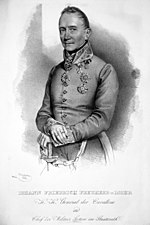Stienta
Stienta is a comune (municipality) in the Province of Rovigo in the Italian region Veneto, located about 80 kilometres (50 mi) southwest of Venice and about 25 kilometres (16 mi) southwest of Rovigo. As of 31 December 2004, it had a population of 3,118 and an area of 24.1 square kilometres (9.3 sq mi).The municipality of Stienta contains the frazioni (subdivisions, mainly villages and hamlets) Argine Sabato, Argine Valle Est, Argine Valle Ovest, Beccari, Bentivoglio, Boaria Gilliola, Boaria Guerra, Boaria Roveta, Boaria Val dell'Oca e Casetta, Boaria Val di Mezzo, Boaria Varotta, Brigo, Chiavicone, Fazzenda, Folega, Guratti, Ponte Favarzano, Prati Nuovi, Sabbioni, and Zampine. Stienta borders the following municipalities: Bagnolo di Po, Castelguglielmo, Ferrara, Fiesso Umbertiano, Gaiba, Occhiobello.
Excerpt from the Wikipedia article Stienta (License: CC BY-SA 3.0, Authors).Stienta
Via Argine Po,
Geographical coordinates (GPS) Address Nearby Places Show on map
Geographical coordinates (GPS)
| Latitude | Longitude |
|---|---|
| N 44.933333333333 ° | E 11.55 ° |
Address
Via Argine Po
Via Argine Po
45039
Veneto, Italy
Open on Google Maps









